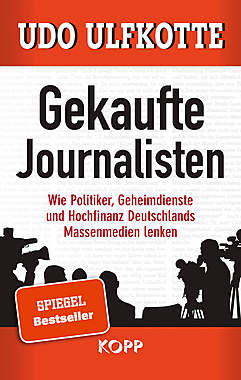By David Bogoslaw
Dow Jones Newswires
September 21, 2001
NEW YORK -- While the price of gold has disappointed
some traders by not rising further on the financial and
political uncertainty arising from last week's terrorist
attacks, physical demand for bullion coins has
skyrocketed in recent days.
"Retail demand is through the roof," Frank McGhee, a
dealer at Alliance Financial LLC in Chicago, said.
"I want them, I want them in my possession, I want to
bury them in the backyard," is the overriding sentiment
by small investors who, for the most part have, haven't
shown much interest in the coin market in recent years,
he explained.
While bullion coins have a face value, such as $50 for
the American Gold Eagle, they are priced according
to the market value of the metal they contain. The Gold
Eagle contains 1 troy ounce of gold.
Michael Alster, marketing director for coin dealer
Eastern Numismatis, Inc. in Garden City, N.Y., estimated
demand for bullion coins has risen by 30 percent over
normal levels during the past week, with nine out of 10
calls being for Gold Eagles.
"People are walking in and buying them right off of the
counter," he said.
Mike Tordella, president of Manfra Tordella and
Brooke (MTB Inc.), a New York-based wholesaler and
retailer of precious metal coins and bars, averred that
volume had increased at least fivefold since the attacks.
He saw gold fulfilling its role as a safe haven in times
of crisis.
"We're getting calls from financial planners who are
looking for a half million or even a million dollars' worth
of gold for their clients," Tordella said."That represents
a rather small portion of an individual portfolio, but it's a
lot more than what people had been considering
previously."
Many investment managers agree that by holding
between 5 and 10 percent of their portfolios in the form of
precious metals, individual investors can reduce the
overall risk in their portfolios. But until recently the
monetary returns on holding gold, silver and platinum
have been small compared with returns realized from
equity investments, which limited demand.
While coin demand vaulted higher last week, now
that equity markers have lost more than 13 percent of
their value this week, people have begun to pull back,
reluctant to buy much of anything, noted Mike Fuljenz,
president of Universal Coin and Bullion in Beaumont,
Texas.
"This is what happens historically. Going back to Black
Monday (on the New York Stock Exchange in October
1987), whenever you have crisis, you see an initial surge,
then a little pullback, because people get a little worried
because they may have lost 15 to 20 percent of their net
worth in the stock market," he explained.
As the equity markets find their footing and stabilize in
the months ahead, more investors will flock to coins,
however, he predicted.
"Three to six months after the events occur, we go into
major bull demand," he said, citing historical precedents
such as the aftermath of President Nixon's resignation in
1974 and the Iran hostage crisis in 1980."People
become more willing to diversify."
When they do, he added, taking only a little bit out of
equities investments gives a large boost to the value of
precious metals.
The surge in bullion coin demand may result in a shortage
for a while, as the U.S. Mint was caught unprepared for the
run on coins, having been maintaining a minimal inventory
over the last year due to lack of demand, according to
McGhee at Alliance Financial.
The Mint has had problems getting enough planchets, or
striking blanks, for the minting of the bullion coins, Alster
at Eastern Numismatics, agreed.
No comment was available from the Mint.
MTB's Tordella didn't see the Mint's low supply as a
lasting problem, however.
"The Mint can keep minting as much as demand
requires. It can crank up production very quickly," he
said.
Nor was he concerned, he said, with the expanded
supply of gold bullion in private investors' hands that
could easily flow back into the market and force prices
down once the financial and political threats had abated.
"Traditionally, gold has been a one-way metal," he said.
"People buy it and hold it for a very long time. I don't
often sell people half a million dollars' (worth of gold) for
their portfolio and have them sell it back in six months'
time."
Alliance's McGhee cited an increase in the premium of
coins to the underlying spot gold price from $5 an ounce
before the attacks to $10.50 to $15 an ounce afterwards.
But Tordella at MTB hadn't seen premiums rise that much.
"The market tends to spread itself a lot between bids
and offers," he explained."Dealers are working over the
phone rather than working off a stable pricing system.
We've been having trouble getting (price updates)
because communication lines have been damaged.
Gruss
tofir
<center>
<HR>
</center> |
 Thread-Ansicht
Thread-Ansicht

